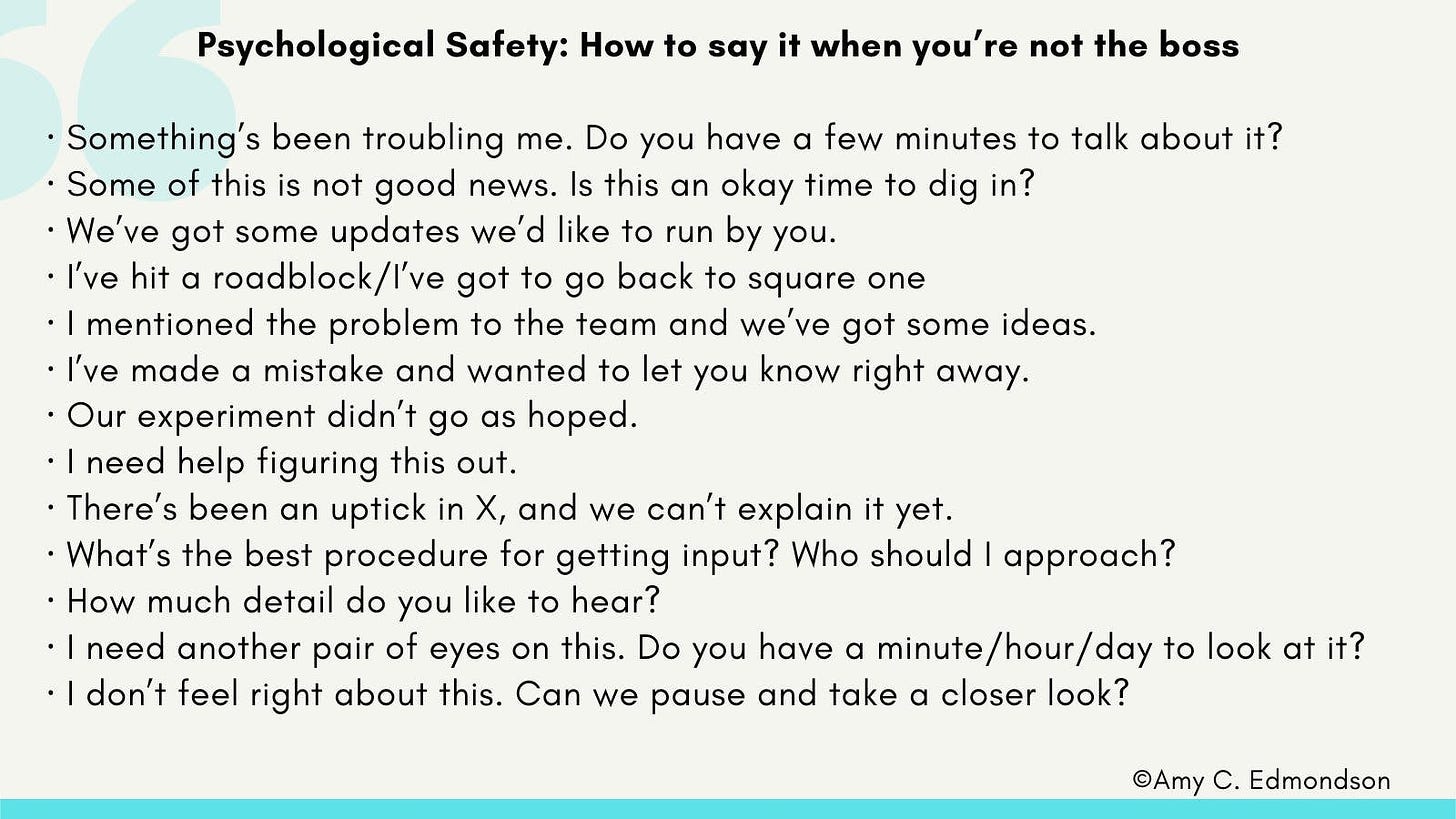HRHeadStart #47: Role of Hierarchy; Psychological Safety; Detours
The Talent Agenda
Perhaps there is no word more decried in management and HR than “hierarchy”. Often used as a proxy for rigid, the term is used to suggest an organization where information only flows through a chain of command. An organization where frontline innovation is stifled and where silos are inevitable. An organization where leaders might manage multi-million dollar budgets, but must get sign-offs on small investments. An organization where status is dependent on factors like titles, pay and number of people managed.
This needs to be addressed, but hierarchy alone is not the culprit. Hierarchy can be useful in many contexts, particularly for differentiating thought and focus. In a well-designed hierarchy, each leader simply does not do a bigger version of the work of the leader below, but instead each layer has a varying levels of problem complexity, time horizons and time allocation.
A well-designed vertical organization with distinct roles can empower individuals by creating external accountability (expectations that a role must deliver) and motivate internal responsibilities (discretionary effort).
Working Better
We often talk about the need for organizations, teams and individuals to be responsive to the changing business environment, yet we often find ourselves working in low-trust cultures. We, at times, experience low levels of psychological safety and don't feel comfortable voicing ideas and concerns to others. This slows down learning, which is a crucial ingredient for success. Here are some ways to bring up difficult conversations with your manager. The essence is to find ways to bring your manager into your world and involve them in the problem-solving process rather than have them act as a bystander who is only evaluating your work.
Tiny Thought
Careers are not a straight line of progression. Breakthroughs often happen on the detours. What detours are you making?



